Starting a Pilates workout plan has been a game-changer for my fitness routine.
It’s a system of exercises that’s as engaging as it is beneficial, focusing on core strength, flexibility, and overall body awareness.
When I first stumbled upon Pilates, I was looking for something low-impact yet effective, and it turned out to be the perfect match.
Pilates Workout Plan
Pilates wasn’t just an exercise; it became a way to balance and strengthen my body.
Creating a Pilates workout plan was my stepping stone to gaining better core strength, flexibility, and overall fitness.
Starting:
- Week 1-2: Begin with basic foundational movements to build core strength. Aim for 15-20 minutes, three days a week. Include exercises like the Chest Lift and The Hundred.
- Week 3-4: Increase to four days a week, introducing new exercises and extending the workout time to 20-30 minutes. Start integrating sequences that engage the legs and arms for a full-body workout.
Understanding Pilates
When I first explored a Pilates workout plan, it dawned on me that there’s a profound depth to this practice, impacting not just the body, but also the mind’s connection to movement.
History and Philosophy
Joseph Pilates developed this unique form of exercise in the early 20th century. His philosophy centered on the idea of Contrology, which emphasizes precise and controlled movements.
He believed in the power of Pilates to enhance wellness and body awareness, creating a holistic workout that connects the mind and body.
Benefits of Pilates
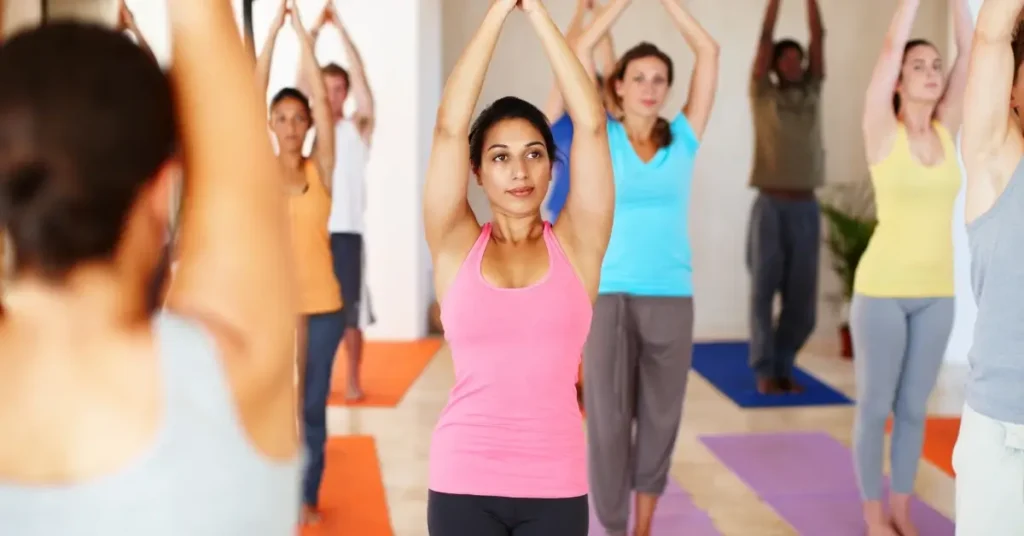
The benefits of practicing a Pilates workout plan are wide-ranging. Regular Pilates practice can lead to improved posture, muscle tone, and flexibility.
It also greatly enhances body awareness, which can alleviate pain and prevent injury.
Getting Started with Pilates
Here’s a step-by-step guide to help you start on the right foot, ensuring your Pilates experience is both enjoyable and effective.
What to Expect in Your First Session?
The first Pilates session often focuses on basic exercises that introduce the core principles of alignment, centering, concentration, and control.
I usually find it’s about laying the groundwork for future workouts and understanding the subtle movements.
- Breathing: Learn proper Pilates breath control.
- Alignment: Your instructor will correct your posture and alignment.
Choosing the Right Pilates Class
Selecting the ideal class involves considering factors like the instructor’s qualifications, class size, and the style of Pilates offered.
I always suggest looking for certified instructors and classes that cater to beginners if you’re just starting.
- Certified Instructors: Ensures expertise and effective guidance.
- Class Size: Smaller classes often mean better attention to form.
Pilates for Beginners
As a beginner, you’ll want to focus on foundational exercises that build your core strength and flexibility.
- Core Strength: Concentrate on building core muscle strength.
- Flexibility: Pilates improves range of motion and flexibility.
Pilates at Home vs. Studio
While studio classes afford personalized instruction and use of equipment, doing Pilates at home can be convenient and cost-effective.
Beginners might prefer to start with videos or online tutorials to get the hang of the movements.
- Home: Requires self-discipline but offers flexibility in scheduling.
- Studio: Provides the benefit of instructor-led sessions and specialized equipment.
Essential Pilates Equipment
I quickly learned that the right equipment can enhance the effectiveness of the exercises.
Let me share with you the essentials that will support your journey.
Matwork Essentials
- Pilates Mat: A thick, supportive mat is crucial for comfort and protection during floor exercises.
- Mini Ball: Offers an increased challenge by creating instability, helping to improve core strength and balance.
Pilates Accessories
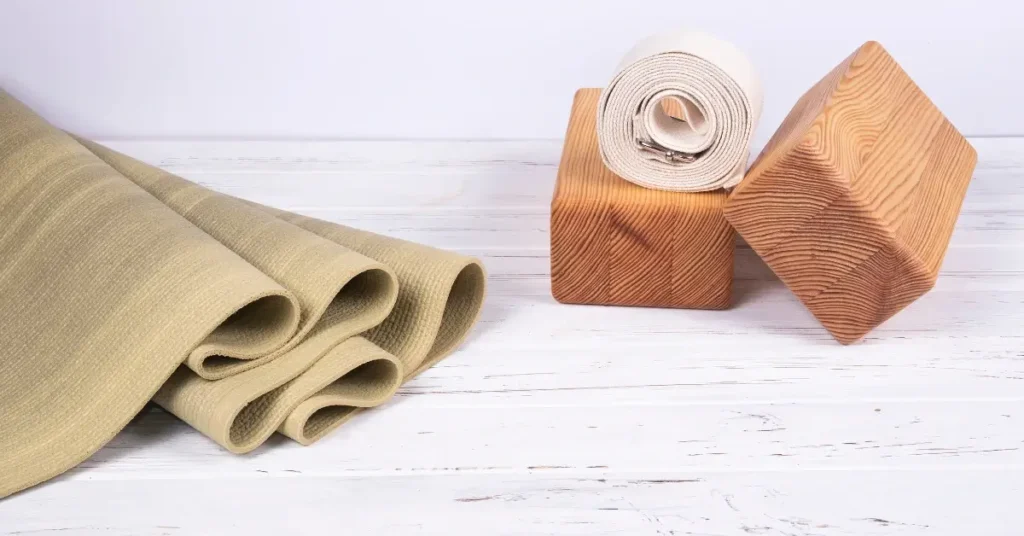
- Resistance Bands: These add varied resistance to workouts, aiding in muscle strength and flexibility.
- Magic Circle: A versatile tool for adding resistance to leg and arm exercises, it enhances muscular engagement.
Understanding the Reformer
The Reformer stands out as specialized equipment in pilates, boasting a sliding carriage and varied resistance from its springs, which allow for a wide array of exercises targeting different muscle groups. It’s a transformative piece that can greatly expand your Pilates workout plan.
Foundational Pilates Exercises
Getting comfortable with the foundational exercises is crucial. They set the stage for an effective practice, enhancing core strength and breathing control.
The Core Pilates Moves
- The Hundred: This exercise kicks off many Pilates sessions, engaging your core and promoting cardiovascular health.
- Pelvic Floor Activation: Vital for stabilizing your abdominal and lower back region.
Breathing Techniques
- Lateral Breathing: Aim to breathe into your ribs while keeping the core engaged, a fundamental aspect of Pilates exercises.
Balancing and Control Workouts
- Swan: A spine-extension exercise that strengthens the back muscles and enhances core control.
Developing a Pilates Routine
I learned that the key to success was in the details of the plan’s structure and variety, while also being realistic with my fitness goals.
Structuring Your Workout Plan
Creating a well-structured Pilates workout routine is essential for building a strong foundation in fitness.
My plan follows the classic flow of Pilates sessions:
- Warm-Up: Start with breathing exercises and gentle stretches to prepare the body.
- Main Workout: Sequence mat or apparatus exercises to challenge strength, flexibility, and stability.
- Cool Down: End with stretches to promote flexibility and muscle recovery.
Incorporating Diversity in Exercises
To keep my routine engaging and to work various muscle groups effectively, I diversify the exercises.
- Monday: Focus on core strength with The Hundred and Plank Series.
- Wednesday: Emphasize flexibility and leg work with Pilates splits and standing exercises.
- Friday: Stability work with balancing moves and Magic Circle exercises.
Setting Realistic Goals
I find Pilates to be more rewarding when I set achievable goals.
Here’s how I ensure my objectives are realistic:
- Short-Term: Aim to master a new exercise each week.
- Long-Term: Gradually work up to more advanced classes or equipment over several months.
By following this approach, my workout routine has become a sustainable habit that continues to enhance my overall fitness.
Advanced Pilates Practices
In my Pilates workout plan, advancing to complex exercises is the most exhilarating part. The mastery of movement, the challenges that come with progression, and adapting to various equipment are integral to this journey.
Mastering Complex Movements
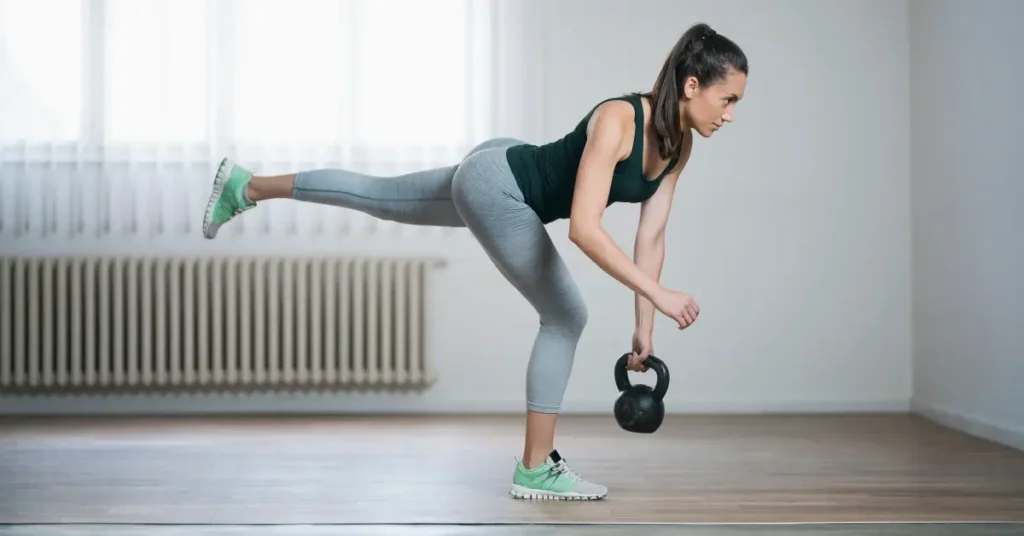
I find that precision and muscle control are fundamental in executing advanced Pilates moves.
To master complex movements, I focus on exercises that demand intricate coordination and control. For example:
- The Boomerang: involves a rolling movement that strengthens the core and enhances spinal articulation.
- The Control Balance: challenges balance and requires precise leg movements.
Challenges and Progressions
The challenge in Pilates isn’t just about adding more repetitions; it’s about progressively increasing the complexity of the exercises. This can mean introducing:
- Props like stability balls for extra resistance.
- Slower, more deliberate movements to deepen muscle engagement.
From Mat to Equipment Workouts
Transitioning from mat to Pilates equipment can significantly deepen my practice. Equipment like the Reformer or Cadillac offers resistance that amplifies my effort to maintain stability and coordination.
Targeted Pilates for Specific Goals
Pilates is fantastic for honing in on specific fitness goals. Let’s explore how targeted Pilates workouts can strengthen an array of muscle groups, from the core to the lower body.
Pilates for Core Strength
Core strength is fundamental in Pilates. A robust core contributes to overall stability and can reduce lower back pain. I like to incorporate exercises like The Hundred for Abs and the Double Leg Stretch to engage those deeper muscles.
Lower Body Focus
My hips and glutes have seen great improvement with a Lower Body Focus in my Pilates regimen.
Exercises such as Side Leg Lifts and Bridging target the hips, while Pilates Squat Variations hone in on sculpting the glutes and other lower body muscles.
Full Body Pilates Workouts
I ensure my Pilates workout plan includes full-body Pilates Workouts. This comprehensive approach strengthens from head to toe, but I pay extra attention to areas like my lower back with moves like the Swimming exercise, which is excellent for endurance as well.
Adapting Pilates for Health and Wellness
Make sure it wasn’t just about building core strength, but also about healing and managing stress.
Here’s how you can tailor your Pilates routine for these specific wellness goals.
Pilates for Rehabilitation
Back pain, especially in the lower back, can be alleviated with a carefully structured Pilates regimen.
The Pilates clamshell exercise, when performed correctly, can strengthen the muscles that support the spine, helping to reduce instances of low back pain.
- Lie on your side with your knees bent.
- Keep feet together while lifting the top knee.
- Slowly lower it back down.
The key is to focus on form to ensure the muscles of the lower back are engaged without strain.
Stress Relief Through Pilates
Pilates also offers excellent stress management benefits, as it encourages mindfulness and concentration.
Exercises like the Pilates roll-up can be both calming and restorative, effectively easing the burden of stress.
- Start lying flat with arms extended.
- Inhale to lift arms, head, and shoulders.
- Exhale as you roll up into a seated position.
By concentrating on breathing and movement, Pilates helps to create a meditative state, promoting relaxation and stress relief.
Supplementary Pilates Information
As I outline my Pilates workout plan, let’s focus on the extras that enrich the journey. Diet and cross-training are pivotal for maximizing results, so here’s what I’ve learned.
Diet and Nutrition Advice
To aid in weight loss and ensure your body has the energy for Pilates, it’s vital to include plenty of vegetables in your diet.
I find that a colorful plate filled with greens, reds, and oranges not only improves my mood but provides the nutrients needed to recover from workouts.
Combining Pilates with Other Exercises
Pilates pairs well with cardio exercises to create a balanced regimen—I prefer to integrate cardio Pilates sessions for an extra boost.
For those days when I’m aiming for more muscle definition, I bring in light weights to increase the challenge.
The low-impact nature of Pilates means I can maintain a neutral spine and reduce strain on my body regardless of gender.
Evaluating Your Progress
Incorporating a Pilates workout plan into my routine, I’ve found that it’s crucial to know how to gauge the effectiveness of my workouts.
That’s why I focus on monitoring improvements and understanding when it’s time to level up the intensity of my Pilates sessions.
Tracking Improvement
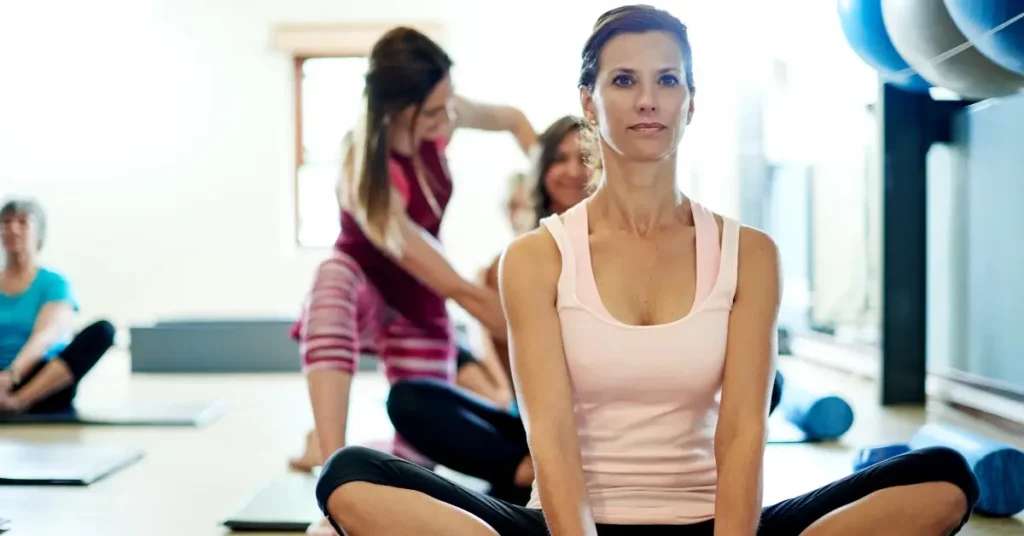
To ensure I’m getting the most out of my Pilates routine, I keep a workout journal. This isn’t just about checking off days; it helps me observe various facets of progress, such as strength gains and increased flexibility.
My opinion on the Pilates workout plan
Having experimented with various workout routines, I find the effectiveness of a Pilates workout plan lies in its versatility and adaptability.
What I appreciate most is its focus on core strength, flexibility, and mindfulness, which has brought significant improvements to my posture and overall muscle tone.
Frequently Asked Questions – Pilates Workout Plan
What are the 6 rules of Pilates?
Pilates is grounded in six essential principles that create its foundation:
- Centering: Focusing on the body’s center, which is the powerhouse area.
- Concentration: Paying close attention to each movement.
- Control: Controlling every aspect of each movement.
- Precision: Ensuring alignment and exactness in exercises.
- Breath: Using a specific breathing pattern to support movements.
- Flow: Moving with grace and fluidity throughout sessions.
How long should a Pilates workout take to be effective?
An effective Pilates session doesn’t require hours of your time. Aim for at least 10 minutes for beginners, gradually increasing to 45-60 minutes as your strength and endurance improve. Consistency is more impactful than the length of each workout.
What is the 80-20 rule in Pilates?
The 80-20 rule in Pilates refers to the focus on breathing technique – 80% of the breath is meant to expand the ribcage laterally, while 20% should involve the upward movement of the chest. This breathing pattern supports effective oxygen flow and deeper core engagement.
If you liked this blog post about the topic: Pilates Workout Plan, don’t forget to leave me a comment down below to tell me about your experience with it. Or have a look at my other articles:

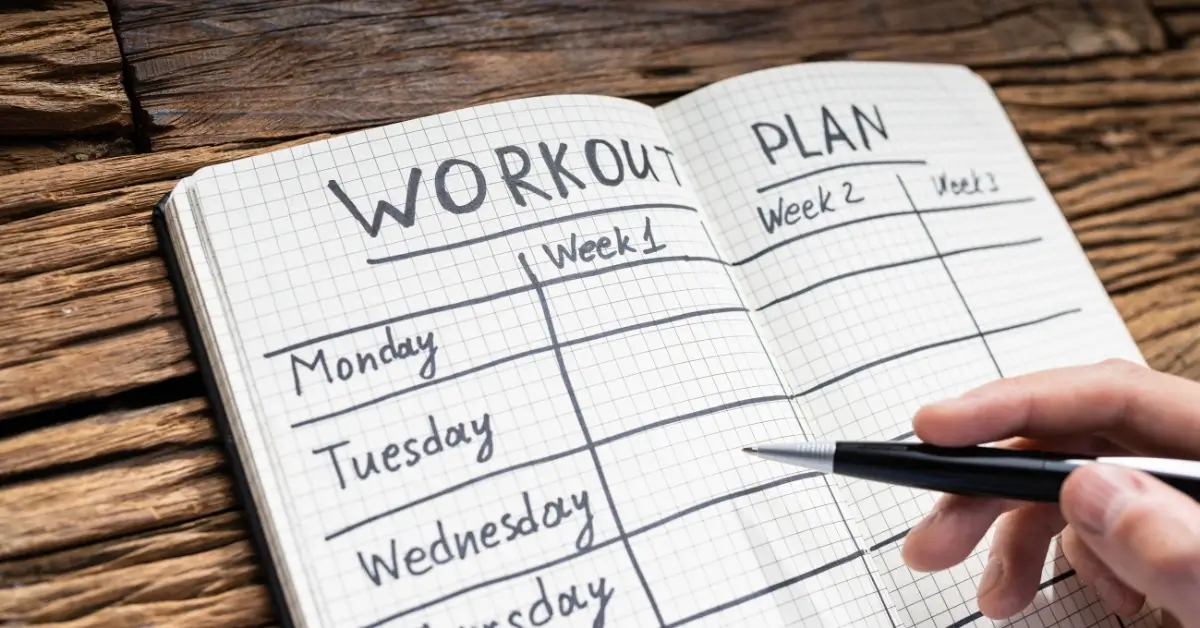

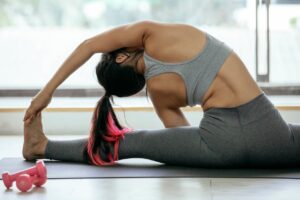
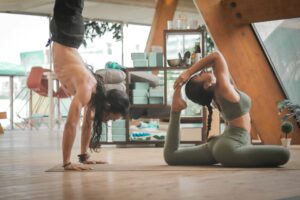
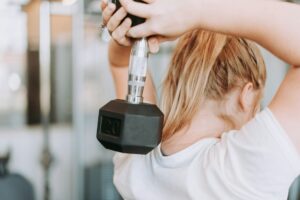
[…] Pilates Workout Plan: 4-Week Journey To A Stronger Core 2024 […]